May 17, 2025 | 14:19 GMT +7
May 17, 2025 | 14:19 GMT +7
Hotline: 0913.378.918
May 17, 2025 | 14:19 GMT +7
Hotline: 0913.378.918

Mr. Lap's off-season durian is consistently of high quality.
The reporters visited Mr. Nguyen Van Lap's family in Dak Boong village, Dak Djrang commune, Mang Yang district, Gia Lai province when the family's durians had just been harvested. This year, despite the extreme weather, his family's durian farm still earned more than 1 billion VND in profit.
Mr. Lap commented on his journey with the durian trees: He traveled from his hometown in Tay Son district, Binh Dinh province to Buon Ho town, Dak Lak province to start a coffee growing business in the early 2000s.
During his time in Dak Lak, he was informed that the famous delicious Dona durian brand was being promoted with investment in the raw material area. At the time, he only wished that he had a small area of land to build a durian model farm.
With a small amount of money he accumulated over a long period of time, in addition to loans, he visited Dak Djrang commune in 2006 to buy 5 hectares of land and move towards his lifelong dream.
Mr. Lap explained his choice of land in Dak Djran: "If you want to build a farm, you need a really large land fund. The price of land in Dak Lak at the time was too high; so after surveying multiple locations, I decided to choose the land here and start my career”.
Subsequently, Mr. Lap went to Dak Lak to buy nearly 500 Dona durian seedlings with yellow flesh and small core to begin his production. Additionally, he also intercropped nearly 4,000 pepper trees on hisentire land area.
The thought was simple, but Mr. Lap encountered many difficulties when he started planting and taking care of the durians. At the time, he practiced durian cultivation in a mainly extensive manner, with rudimentary techniques. As a result, his durians could only be harvested from the 7th year onwards, along with extremely poor yield and output.
Despite the challenges, Mr. Lap had the advantage of a nutrient-rich land, so the durians he grew did not suffer from pests and diseases. In addition to improved care techniques, the yield increased gradually over the years.
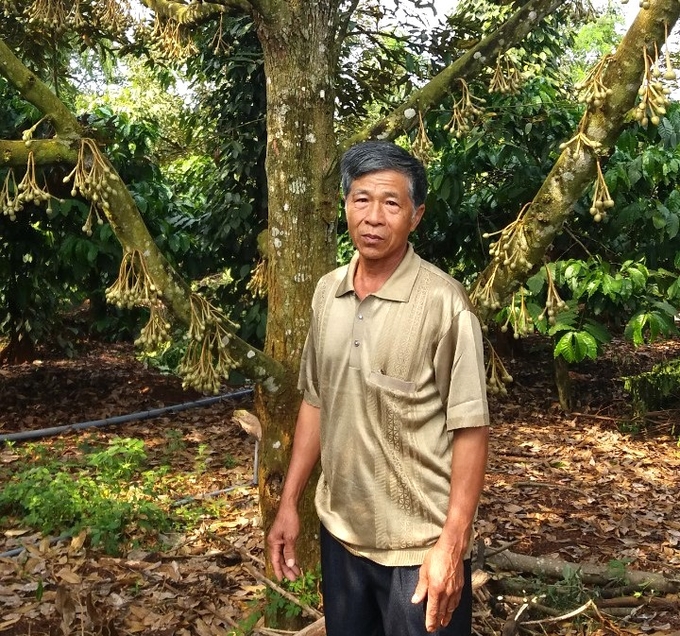
Mr. Lap standing next to his off-season durian trees.
“After researching and learning how to properly care for durian from other farmers, I refined the techniques for my own. Taking care of durian is generally simple; with enough fertilizer, along with micronutrients such as iron, zinc, boron, copper, etc., the durian will definitely grow strongly", said Mr. Lap.
After solving the problem of durian productivity, Mr. Lap faced more difficulties in the consumption market. In the early years when the durians were harvested, Mr. Lap could not find a buyer; so he mainly served people who visit his farm. Consequently, he could not make much profit.
It took 2 years for Mr. Lap's durian farm to be known by a company in the south and they asked to purchase more than 10 tons of his durians to export to China. Afterwards, many traders from all around the country came to buy his durian; so the consumption of durian has also become easier ever since.
“My family's farm yielded over 50 tons of durians last year. With the price of around 43,000 VND/kg at the time, we earned at least 2 billion VND in profit. There were also years when durian price reached 85,000 VND/kg, and the family made more than 3 billion VND in profit”, said Mr. Lap.
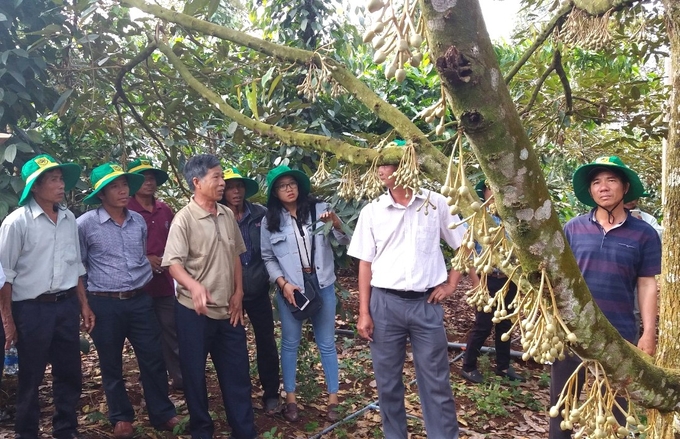
Mr. Lap sharing about off-season durian growing techniques.
When asked about the idea of growing durian off-season, Mr. Lap replied happily: "I was greedy, I saw that off-season durians are always much more expensive than those in season, so I just took the risk."
According to Mr. Lap, the technique to growing off-season durian is as simple as taking care of those in season. Before the off-season, durian trees must have enough nutrients at the time of flowering. When the durian trees start to bud, he removes the buds by hand so the flowers would grow back after a while, but on if the trees have enough nutrients. As a result, the durian trees will take longer to give fruit, making them off-season.
However, off-season durian farming also has its own risks. Namely, off-season flowers often fall in the rainy season, so it will affect the pollination and fruiting process. As such, the output of off-season durian has always been more precarious than that of the main crop.
Another disadvantage lies in the fact that after the durians are harvested, the trees will begin the restoration process at the start of winter. Normally, the durians must produce buds at least 2 times. After the Lunar New Year holiday, the trees will begin to bud. But before they are old enough to start flowering, the rainy season begins; so pollination continues to face difficulties. In response to this problem, Mr. Lap covered that farm with tarpaulin to prevent rain, making the overall process more convenient.
“Generally speaking, off-season durian production is much more difficult and the yield is unpredictable. For example, the family's farm can yield at least 70 tons of durians during the main crop. That number drops to only 50 tons in the off-season with the possibility of decreasing even further for the following years" said Mr. Lap. On the other hand, the price of off-season durian is very high, even double that of the main crop, which has driven him to invest further.
According to Mr. Lap, the weather in the Central Highlands is harsh, so off-season durian production has faced many troubles in the last few years. Therefore, he will turn to farming the main crop for the immediate future to make the tree healthier.
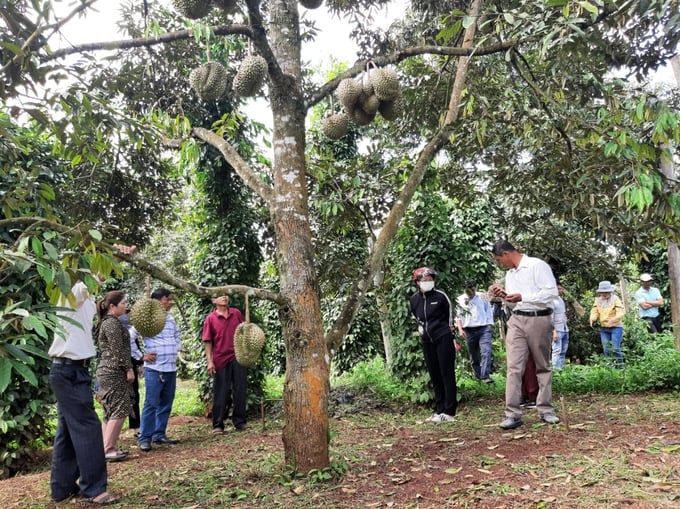
Many groups of visitors expressed interest in off-season private farms with high productivity.
Mr. Vo Minh Quang, Head of the Division of Agriculture and Rural Development of Mang Yang district, said that growing durian off-season has its difficulties. For example, the flowering of durian trees might be affected in the cold climate, leading to a low fruit setting rate.
Furthermore, the late harvest, as well as pushing for off-season durians for 2 consecutive years, means that farmers must halt production for a year. It is necessary to follow the capacity of trees trees; Mr. Lap's durians, which originates from the south, so they are accustomed to a different climate compared to that of the Central Highlands.
According to Mr. Quang, it is difficult to take care of durian off-season, but in return, the price of Mr. Lap's durian is always very high. Traders are currently buying durians to export by quota to China.
However, after surveying different durian producing households, many farmers prefer to work in the main crop because it is natural and convenient regarding production and consumption.
"We will initiate the establishment of a durian association, develop a planting area code, and follow the correct process to export to other countries in the near future", Mr. Quang shared.
Translated by Nguyen Hai Long
/2025/05/16/3800-0-nongnghiep-143756.jpg)
(VAN) Suntory PepsiCo Vietnam coordinated with the Ministry of Education and Training to implement an education program on water conservation, reaching nearly 1 million primary school students nationwide.
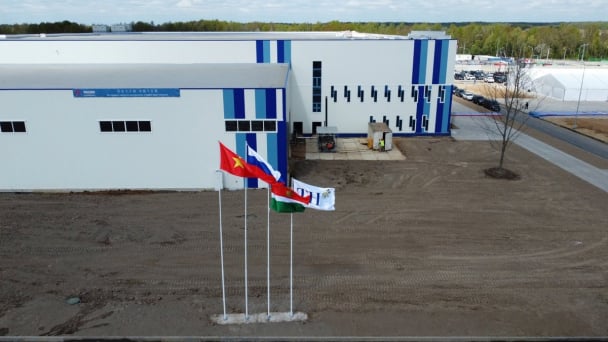
(VAN) Vietnam’s TH Group officially put its high-tech fresh milk processing plant into operation in the Russian Federation, marking a historic moment as the first TH true MILK cartons were produced in Russia.
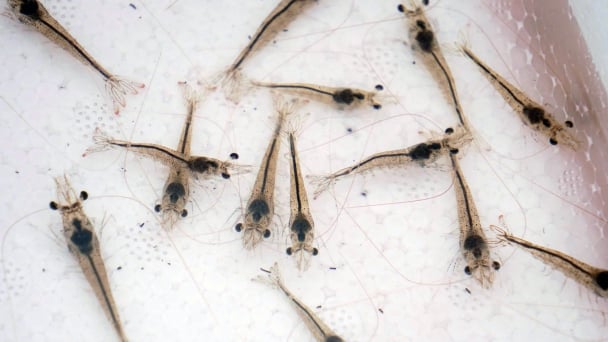
(VAN) Use of high-quality broodstock and biotechnology is regarded as the most effective approach to ensuring sustainable and economically viable shrimp aquaculture ahead of climate change and the emergence of increasingly intricate disease patterns.
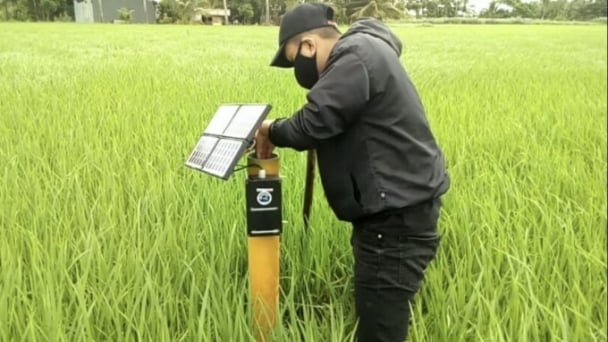
(VAN) Carbon farming is a form of agricultural practices that helps absorb more greenhouse gases than it emits, through smart management of soil, crops, and livestock.
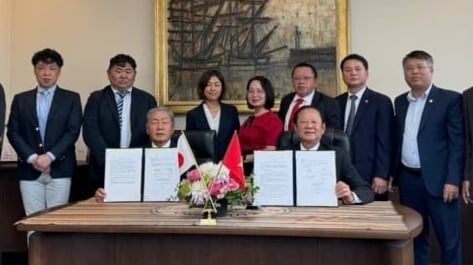
(VAN) This is a key content of the Memorandum of Understanding recently signed between the Vietnam Fisheries Society and Kunihiro Inc of Japan.
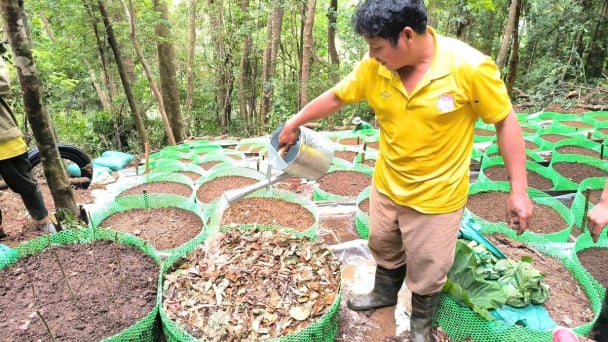
(VAN) To achieve the goal, local authorities and businesses in Kon Tum province have fully prepared the necessary conditions for the new Ngoc Linh ginseng planting season.
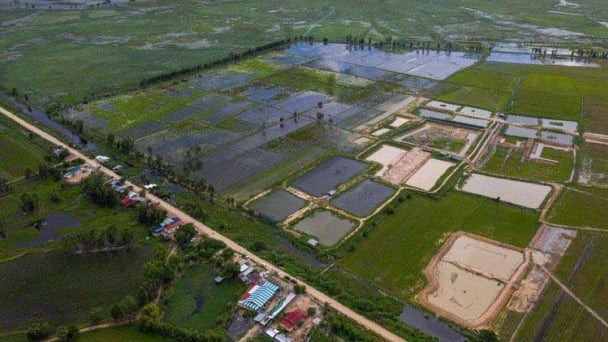
(VAN) Jiangsu province is gearing up to host training programs in Phnom Penh, the capital of Cambodia, this year to establish the Fish and Rice Corridor.